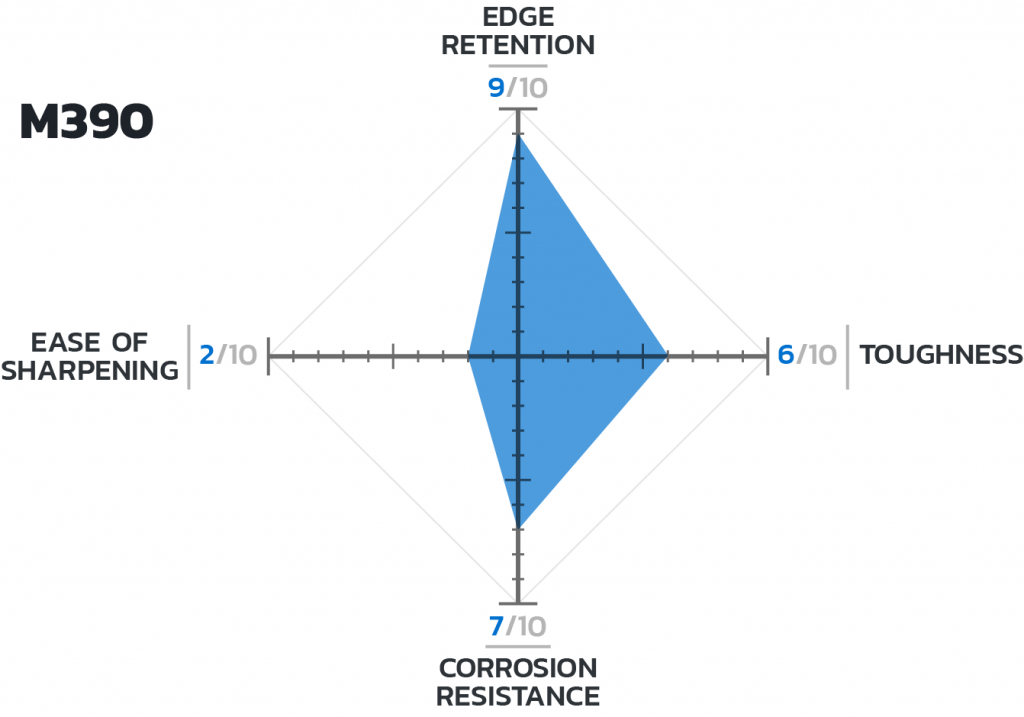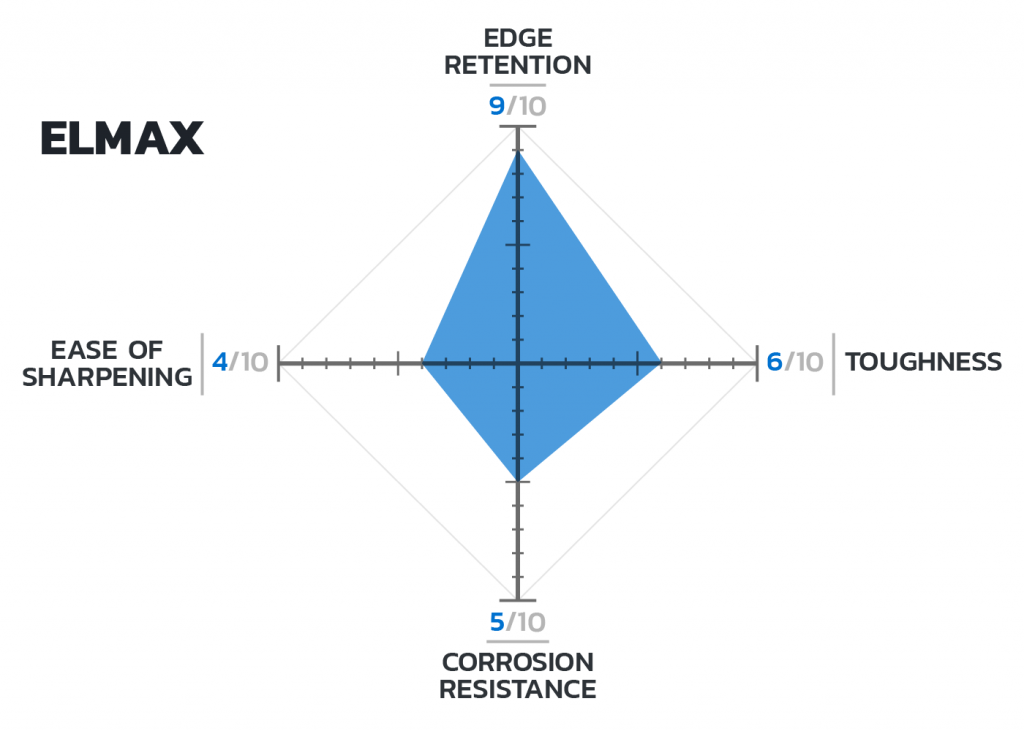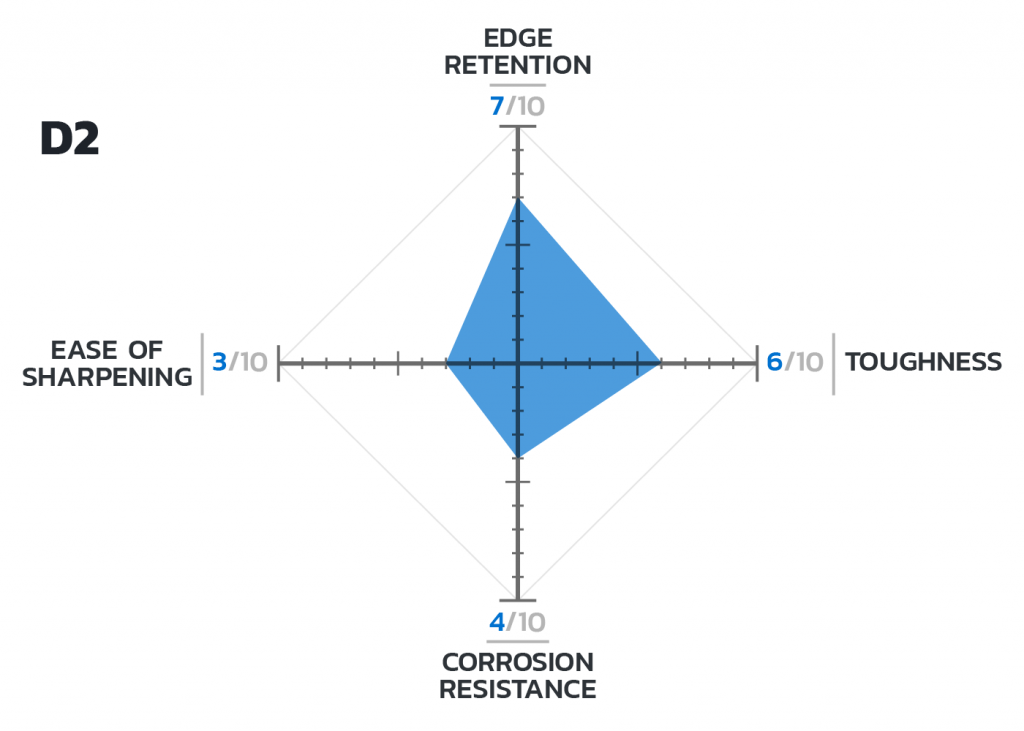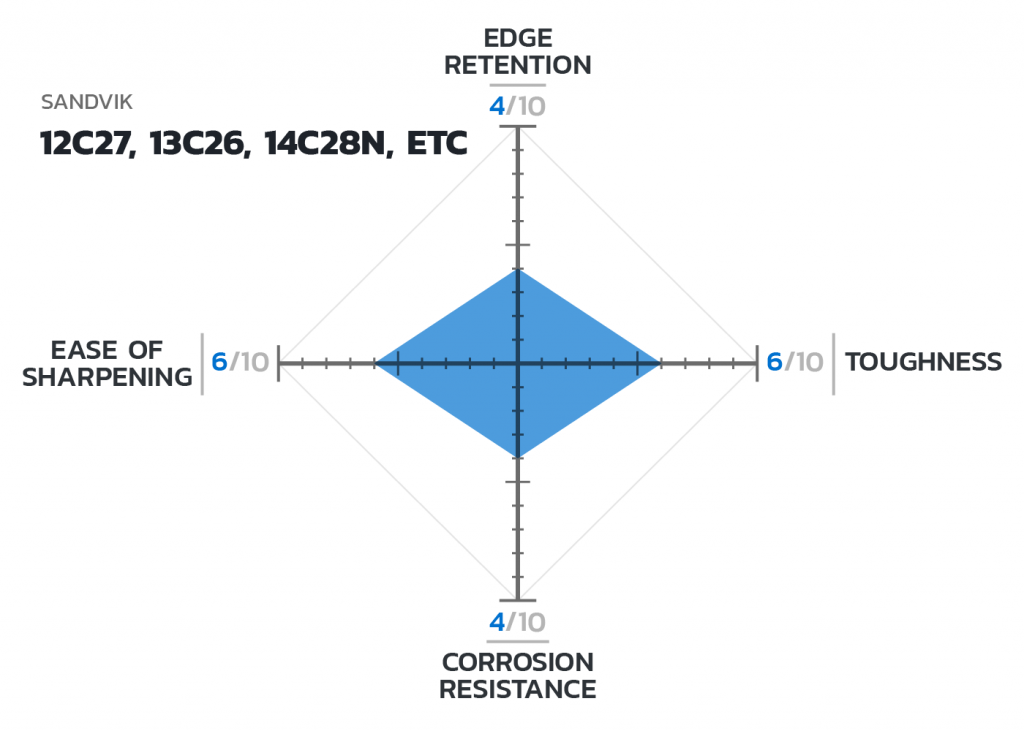What is Steel ?
Steel is a combination of iron and carbon. All steels are consisting of other limited amounted elements, such as manganese, sulfur, silicon, and phosphorus. If steel doesn’t contain any of these elements, it’s called carbon steel. Steel used for knife blades are increased with extra elements and are known as alloy steels. These additions provide unique properties for different types of steel.
Does Steel Rust ?
Yes it does ! When regular steel is exposed to oxygen through air or water, it forms a layer of ferric oxide (Fe2O3) which is usually red. This irregular film of rust keeps breaking off, leaving the fresh steel below exposed to oxygen. Stainless steel is one example (Stainless steel has very strong rust resistance )Stainless steel contains iron, chromium, manganese, silicon, carbon and, in many cases, significant amounts of nickel and molybdenum.- although this can still rust it takes a lot longer due to the inclusion of Chromium. Other methods of reducing rust are blade coatings, these prevent oxygen from coming into contact with the blade and causing a reaction which sees the formation of rust.
Properties of Knife Steel
Hardness
Hardness is a measure of a steel’s resistance to deformation. Hardness in knife steels is most commonly measured using the
Rockwell C test. Hardened knife steels are generally about 58/62 HRC (hardness Rockwell C), depending on the grade. Most are
typically about 58/60 HRC, although some are occasionally used up to about 62 HRC.
Toughness
Toughness, as considered for high hardness knife steels, is the relative resistance of a material to breakage, chipping, or
cracking under impact or stress.
Wear Resistance
Wear resistance is the ability of material to resist being abraded or eroded by contact with work material, or outside
influences (dirt, grit, bone, etc.) Wear resistance is provided by both the hardness level and the chemistry of the knife blade.
Wear tests are quite specific to the circumstances creating the wear and the application of the knife. Most wear tests involve
creating a moving contact between the surface of a sample and some destructive medium. There are 2 basic types of wear
damage in knives, abrasive and adhesive. Wear involving erosion or rounding of edges is called abrasive wear. Abrasive wear
does not require high pressures. Abrasive wear testing may involve sand, sandpaper, or various slurries or powders. Wear from
intimate contact between two relatively smooth surfaces, such as steel on steel, carbide on steel, etc., is called adhesive wear.
Adhesive wear may involve actual tearing of the material at points of high pressure contact due to friction.
Corrosion Resistance
Corrosion Resistance is a measure of a knife steel’s resistance to attack in high humidity, damp, or salt environments. This
resistance is established by the addition of chromium to the composition. Developing corrosion resistance in a heat treatable,
wear resistant steel is a challenge that has been met with numerous specialty CPM alloys. Relative resistance is often
measured in salt spray and water spray environments
Edge Retention
Edge Retention represents how long the blade will retain its sharpness while it is being used. Edge is really important to knife performance, but unfortunately much like ‘toughness’ it’s extremely hard to measure. This inaccuracy means every one disagrees as to what edge retention means, and how you decided whether it’s good or bad. The longer an edge resists being changed (deformed) the better you could say the edge retention is.
POWDERED STEELS
Crucible Industry’s CPM stands for Crucible Particle Metallurgy. Essentially, CPM steel (also called powdered steel) is produced from a very fine powder of carbide particles. This allows for a very uniform distribution of carbides throughout the steel structure during solidification. Compared to forged steels, powdered metallurgy based CPM steels have a very fine grain structure and far fewer inclusions. Finer grained powder steels can take a sharper edge.
DAMASCUS STEEL
Damascus or ‘pattern welded’ steel is a result of combining two or more steels together. As such, the performance of the steel is entirely dependent upon the steels being utilized. The vivid patterns visible in Damascus steel come from the acid etching process in a ferric chloride solution. Steels patina in the acid at varying rates which allows for one steel to etch darker than the other and show that famous patterned contrast.
_________________________________________________________
ULTRA PREMIUM STEELS
M390 CPM-M4 ELMAX CTS-204P CPM-S90V CPM-20CV CPM-S110
CPM S90V
This steel is rated as one of the top super steels available today and high volumes of Carbon, Vanadium, and Chromium. This mixture of elements bores incredible edge retention, extreme wear resistance, and high corrosion resistance.
This steel blows the standard stainless steels out of the water in all categories. It also beats a handful of other premium, high-end steels in its family.

M390
M390 is widely revered as being the best all-around knife steel, which has led top companies to widely utilize it in higher end knives. M390 exhibits excellent edge retention, corrosion resistance, and high level toughness.

Elmax
Bohler-Uddeholm produces more than just the famous M390 steel. Consider Elmax if toughness is high on your list. Excellent strength and toughness are balanced with very good sharpenability and corrosion resistance. Elmax is an amazingly well-rounded steel when you take all of these factors into consideration.

_________________________________________________________
HIGH END STEELS
D2 1095 N690 VG-10 H1 VG-10 O1 A2
D2
Good edge retention, toughness, and sharpenability, D2 has been a popular knife tool steel dating back to WWII, and for good reason. Keep your blade oiled as D2 is prone to rusting and corrosion. This is one of those most ubiquitous steels in knives.

N690
N690 is an extremely ubiquitous and popular steel among knifemakers in Europe. Strength and toughness are comparable to that found on VG-10 or 154CM. This steel has extremely good corrosion resistant properties.

__________________________________________________________
MID RANGE & BUDGET STEELS
400 Series
(440C ,420HC ,420C ,ETC )
400 Series
The 400 Series of steel has been popular for longer than almost any knife guy has been alive. Originally designed for use in razor blades, this is true cutlery steel through and through. “Buck” widely uses 420HC in their knives to great success. Performance of all the 400 Series steels is quite similar, but you will see slight variations among the different compositions.

SANDVIK SERIES
( 12C27 ,13C26 ,14C28N ,ETC )
AUS-8, CTS-BD1
Sandvik steels are largely found on affordable, entry-level knives. Generally speaking, the higher the number at the front, the better the steel. 14C28N may be an improvement over 12C27, but realistically the performance between the two is not significantly different. Don’t hesitate to buy a knife in Sandvik steel, but understand that you’re likely buying a budget knife.

__________________________________________________________
CONCLUSION
So what is the best steel for knives? It really depends on what you’re doing with your knife. Remember that in addition to steel, geometry and heat treatment both play a huge role in performance. All steels can get equally sharp!
